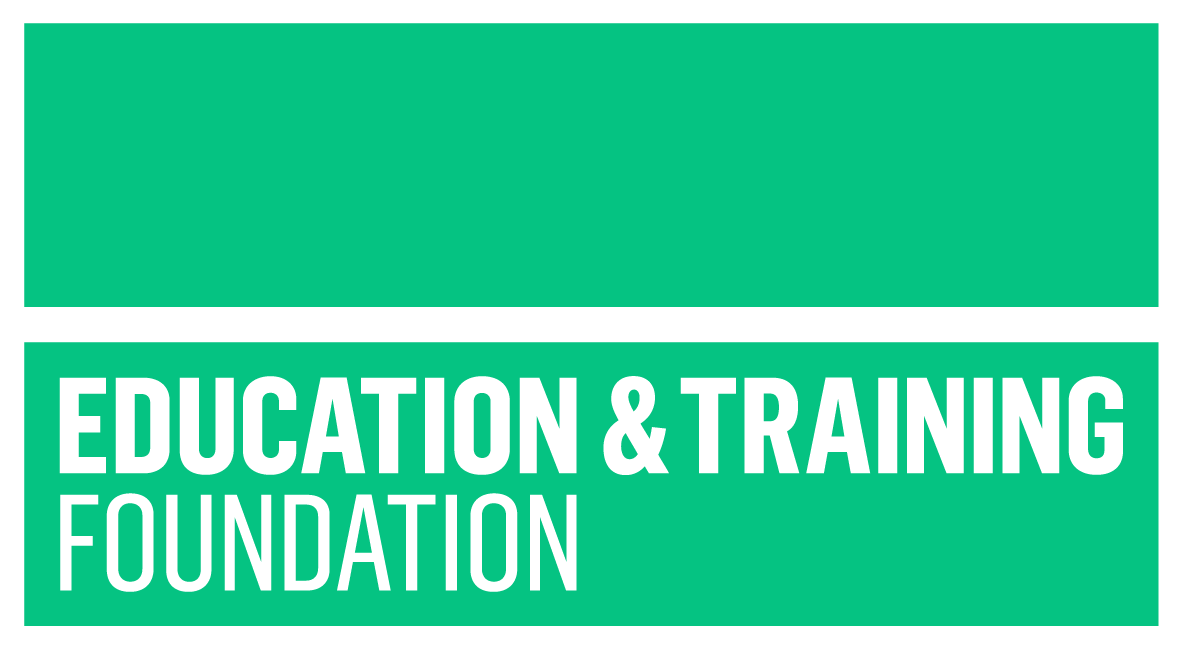In the face of the unprecedented challenges posed by the Covid-19 pandemic, the Further Education sector was compelled to adapt rapidly and embrace innovative teaching and learning approaches. The shift towards digital technologies and virtual interactions opened new possibilities and redefined the learning landscape. Among these emerging approaches, hybrid teaching emerged as a powerful method that blends face-to-face and remote learning experiences.
The latest update to the Digital Teaching Professional Framework (DTPF); Element B5 – Hybrid Teaching Context; demonstrates our commitment to proactive support in delivering excellent services and training within the Further Education sector.
The year 2020 was not only challenging, but also a year of transformation. It forced us to step out of our comfort zones and explore novel teaching methodologies facilitated by digital tools. As educators, we demonstrated resilience and adaptability, embracing a new vocabulary that encompassed terms like ‘hybrid teaching’ and ‘synchronous/asynchronous learning’. We became explorers and collaborators, willing to try new things, learn from our mistakes, and share our successes [1].
The term ‘blended learning’, often used interchangeably with ‘hybrid teaching’, combines face-to-face and remote learning activities to enhance the overall learning experience. However, hybrid learning goes beyond blending different modalities; it also enables learners to participate in the same session from various learning spaces. While some learners may physically attend a classroom or workshop, others can join virtually using different technologies and connectivity [2].

